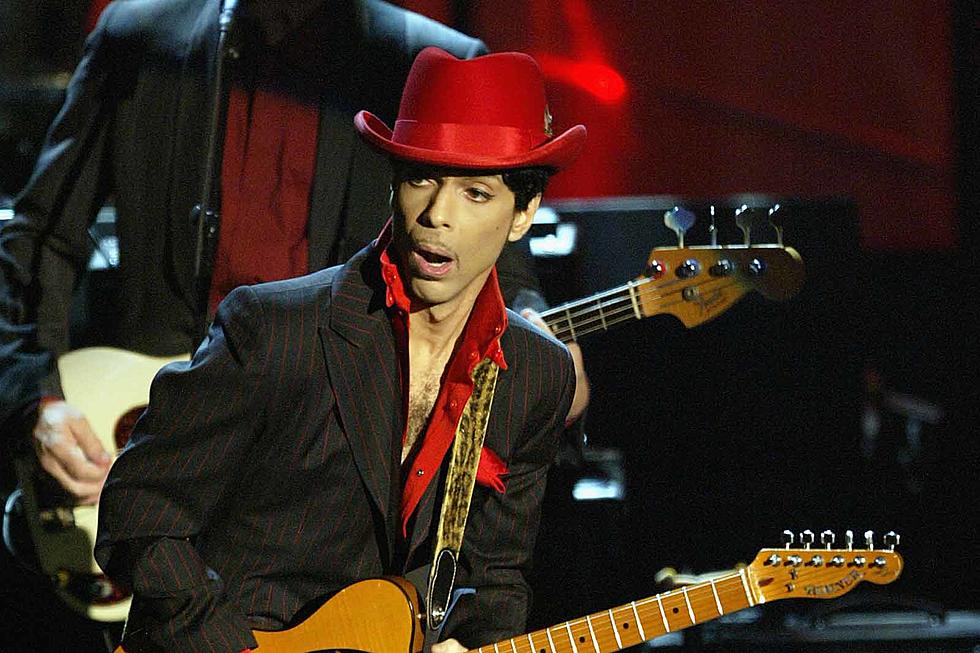
How Steve Winwood Finally Hit It Big With ‘Back in the High Life’
An intensely interior solo artist to that point, Steve Winwood shifted to a more collaborative approach on Back in the High Life – and it paid off in a big way. Where once he had hidden away in his Gloucestershire, England, farm, constructing private triumphs like Arc of a Diver, this album found Winwood seeking community.
"I found that with the advance of technology in music, I was spending my whole time sitting in front of computer terminals rather than writing, singing and playing," he told The New York Times in 1986. "I wanted to get out of the country situation of working alone. I wanted to get in the city and get the juices flowing."
Released on June 30, 1986, the three-times platinum Back in the High Life was sparked by a return to the R&B-laced sound that initially hurtled Winwood to fame as a teen in the Spencer Davis Group, before becoming just one in a series of influences through Traffic – and then largely disappearing through synth-driven, more esoteric recordings like 1982's Talking Back to the Night.
"Basically, the music doesn't change," Winwood countered at the time. "The presentation of it changes, the way it's marketed changes, and it's probably a little better technically done. But it always returns to what it basically is: simple rock and roll or R&B. It's like the internal combustion engine, which is still the same as it was in 1905 – it's just refined and it goes a lot better."
As the New York City sessions with co-producer Russ Titleman continued, a series of guest stars made important contributions, ultimately securing Winwood the best-selling project in his solo career.
Watch Steve Winwood Perform 'Back in the High Life'
Chaka Khan added background vocals to the two-time Grammy-winning "Higher Love," Winwood's first Billboard No. 1 hit. Joe Walsh added slide guitar to "Split Decision," a song he co-wrote.
James Ingram and Dan Hartman joined in the vocals for the No. 8 smash "The Finer Things." James Taylor appeared on the mandolin-driven title track, another Top 15 hit. Steve Ferrone, a longtime collaborator with Tom Petty, sat in for "Freedom Overspill," which went to No. 20.
Winwood kept the same basic musical recipe in place for 1988's Roll With It, earning a first-ever U.S. No. 1 album – though he was quick to caution that he wasn't crafting these songs with an eye to the charts. "They were commercial probably because the time was just right for them," he told the Chicago Tribute in 1991. "I was primarily trying to make good albums. Back in the High Life and Roll With It are just good albums, not necessarily commercial albums."
Still, by the time he released Refugees of the Heart in the early '90s, Winwood had returned to longer form, less compact and less produced songs. The music of the Back in the High Life / Roll With It era tends to stand alone in his catalog, as accessible as it is different from what came before or after.
“They seem like distinct phases,” Winwood conceded in a talk with the Aspen Times in 2014. “But I sometimes look at the composition of the songs in the ’80s and those Traffic songs and the latest stuff on About Time and Nine Lives and the common thread running through is this combination of folk, rock, jazz and ethnic music. I’ve kept that all the way through, including those more produced songs of the ’80s.”
17 Artists Who Recorded One-Man-Band Albums
More From Eagle 102.3









